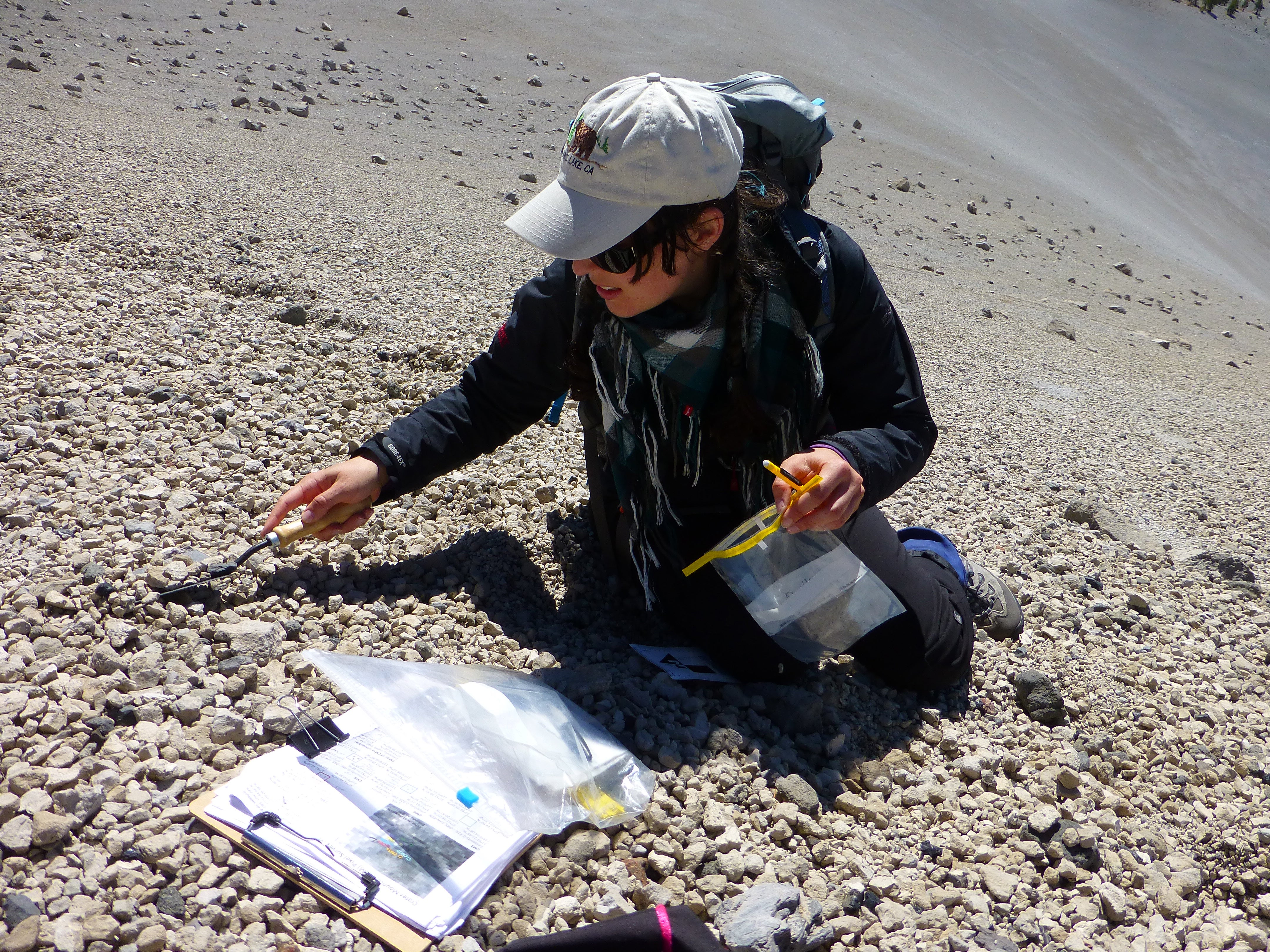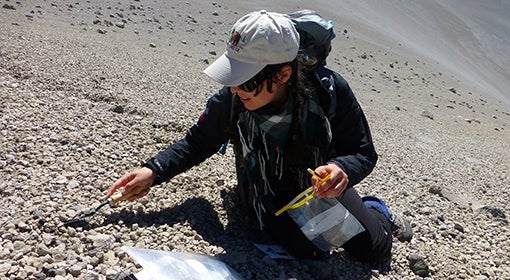 The 13-year-old girl from New Zealand is awestruck by what she sees: photos from the 1980 Mount St. Helens eruption, showing plumes of ash, miles of destruction, a crater where rock used to be. Reading about the event years after it occurred, she learns that though it was the deadliest and most destructive volcanic eruption in United States history, many lives were saved by the scientists who warned the public of impending disaster.
The 13-year-old girl from New Zealand is awestruck by what she sees: photos from the 1980 Mount St. Helens eruption, showing plumes of ash, miles of destruction, a crater where rock used to be. Reading about the event years after it occurred, she learns that though it was the deadliest and most destructive volcanic eruption in United States history, many lives were saved by the scientists who warned the public of impending disaster.
Janine Krippner’s interest in Mount St. Helens helps inspire her to study volcanoes professionally. She eventually heads to Pitt’s Department of Geology and Environmental Science to earn a PhD in volcanology. As she learns, she shares her knowledge with a growing social media following, tweeting and blogging easy-to-understand information about the world’s volcanic activity. Wired magazine even names her a top Earth scientist to follow on Twitter.
In 2017, her social media contributions take on a new urgency. Mt. Agung, a volcano on the Indonesian island of Bali with a deadly history, is on the verge of erupting. Speculation and fear-mongering inundate the Internet, causing panic and confusion, particularly among travelers who can’t read Indonesian news reports.
Krippner (A&S ’17G) sees an opportunity to help. “As a trained volcanologist sitting there with access to the information they needed, I felt a responsibility to share it,” she says.
For three months, she dedicates herself full-time to sharing scientists’ news of the erupting volcano in layman’s terms for thousands of people through Twitter and international news outlets including the New York Times, BBC News, and Scientific American.
Today, Krippner continues her work as a science communicator through Twitter, her podcast, Popular Volcanics, and her day job with the Smithsonian Institution’s Global Volcanism Program, where she monitors and shares news about active volcanoes. Her work helps to keep people safe from Earth’s most explosive events.
This article appeared in the Fall 2019 edition of Pitt Magazine.




